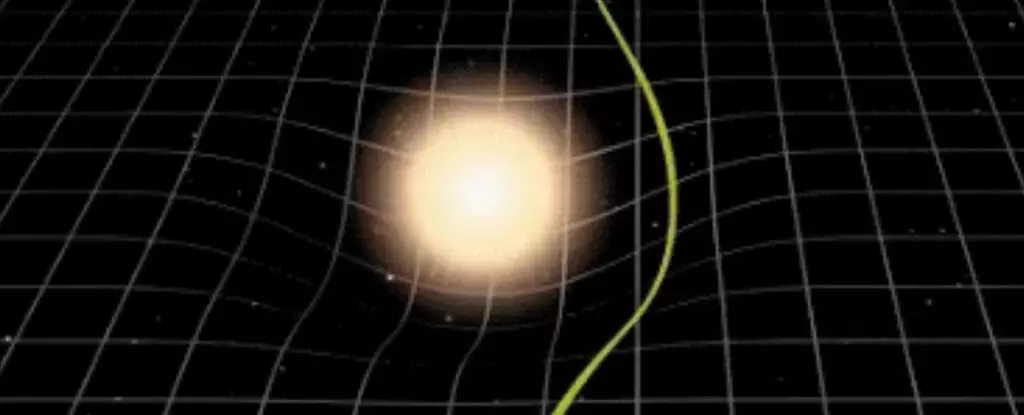The concept of gravitational bending of light (GBL) has intrigued physicists for generations, intertwining elements of both theoretical physics and practical astronomy. At its core, GBL refers to the phenomenon where light is bent as it passes near a massive object. This bending can lead to misalignments in our observations of celestial bodies, which in turn complicates our understanding of the universe. Recent advancements, particularly by physicist Oscar del Barco Novillo from the University of Murcia in Spain, offer a new equation that significantly enhances the accuracy of GBL measurement. This groundbreaking work not only improves trajectory prediction for potentially hazardous objects like asteroids but also enriches our overall comprehension of celestial dynamics.
Del Barco Novillo’s equation deviates from traditional approaches that relied heavily on earlier models developed by eminent figures such as Newton and Einstein. By introducing finite distances into the calculations, the new equation provides a more accurate means of determining GBL angles caused by static massive objects like the Sun and planets within our Solar System. The shift from infinite to finite distances represents a paradigm shift in astronomical calculations, allowing for a richer understanding of both nearby and distant celestial bodies.
Moreover, the incorporation of a material medium perspective—where celestial phenomena are analyzed similarly to light refracting through water—adds a layer of realism that past models lacked. This nuanced approach bridges the gap between theoretical physics and observable reality, making for predictions that align more closely with empirical data.
Potential Applications Beyond Asteroids
While one of the most significant immediate applications of this new equation is in tracking the orbits of asteroids, its utility extends far beyond. For example, the resolution of GBL inaccuracies could have profound implications for the Euclid mission, an ambitious project being executed by the European Space Agency. This mission aims to probe the mysteries of dark matter by charting billions of galaxies over distances nearing 10 billion light-years. The enhanced precision from Del Barco Novillo’s work could aid in accurately determining the positions of these distant galaxies, which is critical for assembling a coherent framework of the universe’s evolution and composition.
Moreover, accurate gravitational bending calculations could facilitate a tighter lock on celestial phenomena like Proxima Centauri, our closest stellar neighbor. Such advancements could significantly improve our understanding of stellar dynamics, potentially paving the way for future explorations and discoveries about the very nature of stars and their surrounding environments.
Implications for the Future of Astronomy and Astrophysics
The implications of this new equation for those who work in various branches of astronomy and astrophysics are vast. The exactitude it brings to celestial mechanics and stellar dynamics could contribute to refining our models for understanding the trajectories of myriad celestial bodies. With every improvement in precision, the reliability of observational data increases, leading to theoretically consistent models that can withstand the rigorous scrutiny of scientific exploration.
This advancement not only serves the immediate need for asteroid tracking and planetary studies but also hints at a future where the cosmos can be mapped out with unparalleled accuracy. In a world where the threat of asteroid impacts looms large in the public consciousness, the development of tools that can offer early warnings and precise predictions can have monumental significance for planetary defense.
As humankind endeavors to grasp the complexities of outer space, technologies and theories that bring us closer to understanding our celestial surroundings will undoubtedly be invaluable. The work of Oscar del Barco Novillo may one day be recognized as a foundational stepping stone in gravitational physics, allowing astronomers to unlock the secrets of the universe with a level of precision that was previously deemed unattainable. It is a clear demonstration of how continual advancements in theoretical physics can yield practical benefits—perhaps even saving our planet from catastrophic threats. In the realm of cosmic exploration, every enhancement in knowledge expands our capability to engage with the universe, guiding us toward discoveries that could redefine our place within it.


Leave a Reply